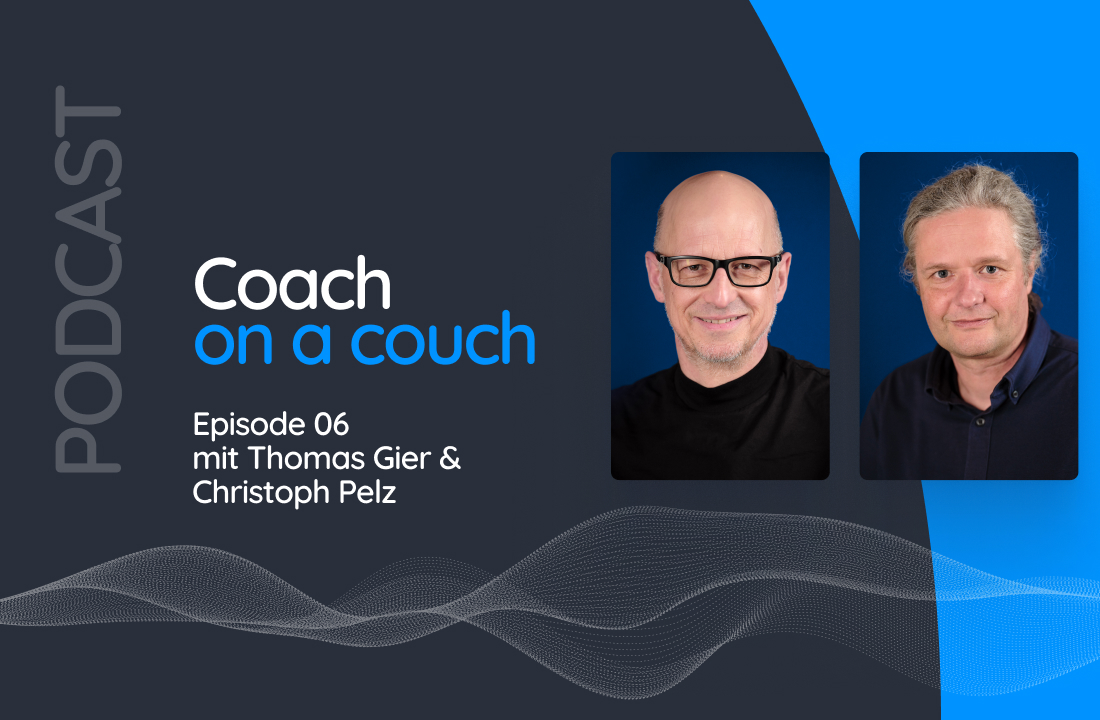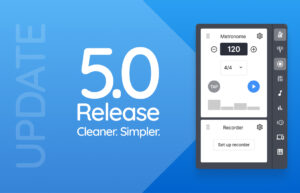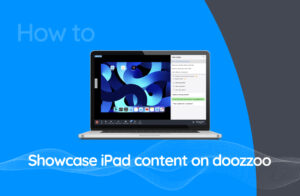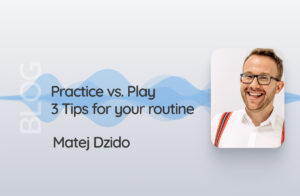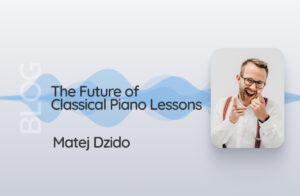For the final episode of the first season of Coach on a Couch, we invited two special guests for an interview: the two doozzoo founders. Together, they started doozzoo in 2017. They shared their story of how doozzoo came to be, their vision for doozzoo, and lots of helpful tips in the interview. We summarized the highlights from this episode in this post.
How did you come up with the idea of founding doozzoo?
Thomas: “The initial idea was to start an online music school. And that goes back to 2011. My wife came to me and said, “How about that? Don’t you want to give music lessons online?”
Then I tried that, with the existing tools, like Skype, Zoom, and the similar. Then, of course, I quickly realized there were problems with sound latency and workflow. In other words, there are no tools within the platforms that help you do music lessons. So then we quickly got to the point of searching for a new solution, to present this technology at all and to meet this high demand that music makes on the transmission technology.
In 2019 we released doozzoo, and in 2020 the pandemic came up. So then [doozzoo] was, of course, very much in demand, and people needed it one hundred percent, which we didn’t expect at all. So we built it for hybrid teaching, estimating it for five percent use. Then it was suddenly in almost one hundred percent use, and music colleges and music schools came along, and we had to implement entrance exams.
Well, we were taken over by Bechstein Digital in 2021 and are now part of a large team. And we are delighted that we can now develop further ideas with a strong partner and look forward to the future.”

Who is doozzoo suitable for?
Thomas: “doozzoo is designed primarily for music lessons, of course, and was also traditionally first developed for individual classes, i.e., a single teacher and one student.
Later, we expanded it for group lessons and, of course, also for music colleges and music schools to fit different use cases: now also for large groups, for webinars, seminars, and group lessons with the audio functions of doozzoo, and also for handling entrance exams or final exams. We’ve also successfully conducted international entrance exams for the conservatory there.”
What was the intention behind the functions in doozzoo?
Christoph: “Music needs other things than video conferencing. First of all, small tools like a tuner. I have to offer the student tools, perhaps also for practicing at home, such as a tuner or a metronome. That’s built into our system.
All these apps are based on the technology that the browser provides. Therefore, it’s essential that you don’t need special hardware and software that might require special knowledge but that everything should be possible in the browser so that the threshold is as low as possible.
At the same time, however, it was also crucial that we have this video conference as a platform – and this is also a central component. So, on the one hand, all these tools are available in this session, as we call it, and other tools also come into play.
We have a mighty audio player. It can handle latency in specific ways and is based on a built-in media library where you can also upload any media. You can share images, PDF documents, music files, and videos. This library is available to everybody offline, so for practicing and also online in the session, you can share things very quickly.
The coach can determine precisely where the player is and start it remote-controlled so the student can play in time.”
What is the doozzoo feature you are particularly proud of, Thomas?
Thomas: “One of the most important functions is, above all, the optimization of the workflows because you have all the functions, including the media management, in one platform. You save enormous time because otherwise, you have to administer the teaching material for each lesson individually.”
What is the vision for doozzoo?
Thomas: “Beyond this optimization of workflows and the media library, there will also be optimizations in intelligent learning support. That means we will build tools that also analyze: For example, what did I use in what context with the student? Now I have done pentatonic. Which pieces go with that? I sometimes notice in class, “hmm, I did this and that piece, but what was that again?” And then I have to remember the correct subject.
But it would be conducive if now the media library could intelligently suggest what you could play next. It could also suggest other pieces in A minor to you because it automatically scans the key. So it will go in that direction then.”
Christoph: “We’re not just thinking from a technical perspective at all, but also from the air that has a lot to do with what occupies our children’s daily activities today, namely playing. And I don’t mean that negatively at all now, because play, as in computer games, so gamification, is a potent tool to support motivation.
I believe that many of the classic teaching material is getting on in years. We need platforms like these, which are also a bit closer to these experiences and this world of experience of young people, to nudge the motivation differently.”
Your ideas for teachers?
Christoph: “Do it. We have made the technical threshold so low that you can start doozzoo with any standard web browser, and I think everyone, after the pandemic, somewhere has a computer at home at the latest. There’s our FREE account, where you don’t have to invest anything first. Try it out, and then with an open heart, just discover: “okay, what’s in here for my students and me?”
But I also want to say explicitly that the offline experience is always irreplaceable, especially in teaching, and our claim was never to replace anything here. On the contrary, we want to expand it. And that is the beauty. So expand your teaching with new possibilities and give them a chance.
Thomas: “You benefit from the flexibility of combining online and in-person lessons. As a music school, you can equalize your room utilization and provide more rooms for ensemble lessons. So you use the rooms for valuable ensemble lessons and playing together instead of individual assignments and then shift this online.
We have received much feedback from music school directors about children with learning difficulties. They can even learn better in online lessons! This is perhaps even a new field of research that will open up because you can somehow concentrate better, specifically because the lessons happen via the screen and at a certain distance. So there are many advantages to be used. Teachers and institutions must find this digital path for themselves and decide where the balance is. But, of course, that depends on a lot of parameters.”
